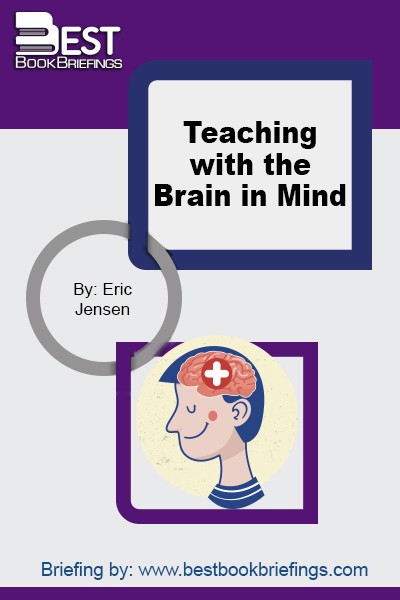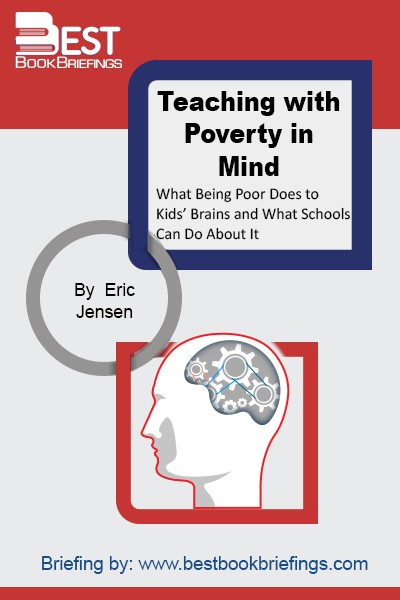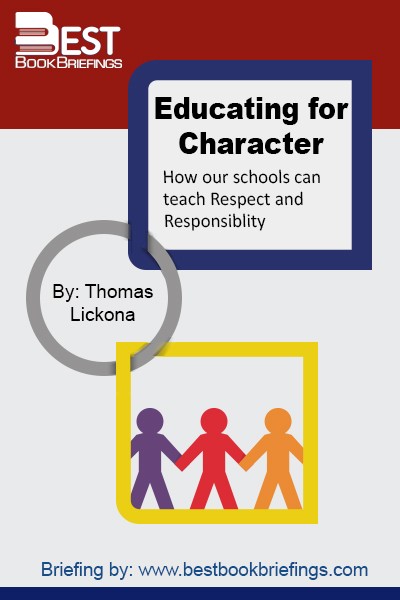The Educated Child
A Parents Guide From Preschool Through Eighth Grade
About the Authors
William Bennett : He served as Secretary of Education of the United States, and
Read More...Chester E. Finn Jr. : Chester E. Finn, Jr., scholar, educator and public servant, has devoted
Read More...John T. E. Cribb Jr. : John Cribb is a New York Times bestselling author who has
Read More...Editorial Review
The purpose of this book is to help you secure a good education for your child from early childhood through the eighth grade. As far as learning goes, these years are the most important. They are the time when children acquire the bricks and mortar of a solid education – the knowledge, skills, habits, and ideals that will serve as the foundation of learning and character throughout their lives. If that edifice is solid by the end of eighth grade, then a student’s future is bright indeed. If poorly constructed, the outlook is much dimmer.
Book Reviews
"THE Educated Child defines a good education and offers parents a plan of action for ensuring that their children achieve it. Combining the goals that William Bennett enumerated as Secretary of Education, this book sets forth clear curricula and specific objectives for children from kindergarten through the eighth grade, including, what children should be studying and the kind of work they should be doing; the important facts to learn and essential reading lists; when children should master specific math skills; spelling and grammar basics and scientific facts; and test preparation, homework, and other areas that require parental involvement."The New Times Rwanda
"Former U.S. Secretary of Education Bennett (The Book of Virtues) and his colleagues (Finn, author of We Must Take Charge; Cribb, formerly of the U.S. Department of Education) offer American parents an impassioned and straight-shooting reference for educating their children. In prose free of academic rhetoric, the authors state: ""[I]f your school is inflicting a mediocre education on your child, the sooner you know about it the better."" Publishers Weekly
Books on Related Topics

by Eric Jensen
Let’s acknowledge two fundamental facts. First, students who attend school from kindergarten through secondary school typically spend more than 13,000 hours of their developing brain’s time in the presence of teachers. Second, their brains are highly susceptible to environmental influences—social, physical, cognitive, and emotional. And, more important, their brains will be

by Eric Jensen
Poor children are exposed to adverse social and physical environments: lower-quality services, greater traffic volumes, higher crime rates, less playground safety, and no green spaces. They breathe contaminated air and drink impure water. Their households are more crowded, noisy, chaotic, unstable, and physically deteriorated. Their parents are uninterested in their activities, and

There is today a widespread, deeply unsettling sense that children are changing in ways that tell us about ourselves as a society. And these changes are reflected not just in the violent extremes of teenage behavior but in the everyday speech and actions of younger children as well. Children with the most
Wisdom to Share
From early childhood through the eighth grade, as far as learning goes, are the most important years for the child. They are the time when children acquire the bricks and mortar of a solid education—the knowledge, skills, habits, and ideals that will serve as the foundation of learning and character throughout their lives.
Your dreams, your efforts, your examples and loving exhortations—these set the boundaries of your child’s education.
You are always your child’s most influential teacher. The more involved you are, the better your child’s chances of getting a good education.
The one indispensable condition for a child’s successful upbringing is that at least one adult must have a deep and irrational attachment to him.
Good students usually come from homes where moms and dads have tried to create a rich learning environment.
Children strive to clear the bars that their parents set. So long as those standards are fair and reasonable, they help kids flourish.
Education success comes from putting enough time into the right work. What one spends time on is what one ends up knowing.
There is nothing like the quiet power of intellectual example and moral example. Parents teach in everything they do.
It is imperative that you find out whether your child’s school has a coherent and demanding course of study centered on the essential subjects or the academic core: Native language; history and geography; art and music; math; and science.
Without a well-defined sequence of academic goals centered on the basics, and teachers committed to helping youngsters to reach them, your child’s education is at grave risk.
It is not enough to monitor how well he can read; you must also pay attention to the particular books and stories he comes across.
Books and stories should instruct youngsters about the ways of the wide and unfamiliar world they are entering.
In the pages of books, youngsters can see what virtues such as compassion, courage, and responsibility look like in action.
One sign of a good school is that children do a plenty of extended writing. They write stories, poems, letters, essays, book reports, and research papers.
Keep a writing portfolio where you put samples of your child’s writings for comparison over several weeks.
Help your child write his own books by putting the stories he writes in a ring binder or encouraging him to publish them on the computer.
Speaking is a language art. Learning to speak properly requires a good deal of training, and children must get it in school.
When younger students practice telling stories, describing things they’ve seen or heard, and participating in classroom discussions, you’ll hear much conversation in good native language classes—not just babbling the first things that come to mind, but focused conversation, guided by the teacher.
By studying history, we can take this rich accumulation of experience and make it part of our own wisdom.
When we avail ourselves of others’ experiences, history becomes a guide to the present. It does not give us precise directions, of course, but it can be a bright lamp to hang on the bow of our little vessel as we sail forward on what would otherwise be a dark and chartless sea.
History and geography have a special affinity in the curriculum because the human story must be told in terms of both time and place.
Students must know some geography to possess even a superficial knowledge of the past – learning about when things happened does children little good if they’re fuzzy on where they happened.
In teaching geography, a school’s first job is to make children familiar with major features of the earth’s surface.
To give your child a taste of history at home, start by talking about personal pasts, sharing your memories about life when you were young.
Make a “family archive” by helping your child build a collection of “artifacts” that chronicle her own personal history.
You can turn vacations into history lessons: Before you go on a family trip, find some books about your destination and help your child learn a little about its past.
The job of teachers between kindergarten and eighth grade is to give children an understanding of the general laws of nature; make sure they know some important facts and ideas about the universe; train them in some methods scientists use; and stimulate their desire to ask questions and find answers.
Science, more than any other field of inquiry, relies on instruments to attain knowledge – tools ranging from microscopes to atom smashers.
One indication of a good school science program is children learning how to observe, measure, and experiment with such basic instruments as rulers, balances, and magnifying glasses.
In good schools, teachers do all they can to keep inquisitiveness alive and make science exciting for the children.
Home is where your children come to know right and wrong through the nurturing and protective care of those who love them more than anyone else.
To instill virtues, share stories that teach about them. Stories and poems can help children see what virtues and vices look like.
Keep up your guard against the mass media. Do not give in to the worst of popular culture. Monitor what your child sees and hears. Take a stand when necessary.
Books by the same Author
The Educated Child

We couldn't find public videos for this title. Please check back later.


